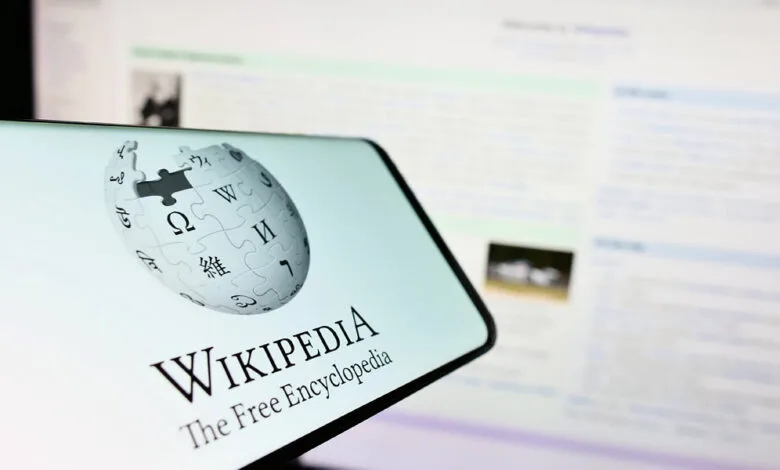Cross-referencing with footnoted sources is crucial because Wikipedia can be dangerous.
However, primary sources can be unreliable. Researchers have developed an AI system to verify Wikipedia citations.
The strengths of Wikipedia:
The SIDE program performs a twofold function by authenticating primary sources and proposing viable substitutes. It is nonetheless crucial to observe that this AI functions under the assumption that the information provided in a Wikipedia entry is true. As a result, although it is capable of evaluating the credibility of a source, it lacks the ability to autonomously assess the assertions put forth in an entry.

Seventy percent of the time, individuals favored the AI-suggested citations over the original sources, according to one study. Notably, the researchers discovered that SIDE recommended sources that were already the most-cited on Wikipedia in nearly half of the cases.
Additionally, SIDE demonstrated its proactive nature in 21% of cases by suggesting a reference that human annotators involved in the research had previously deemed appropriate.
Variables such as weaknesses:
The AI system seems to help check Wikipedia claims, but researchers believe other algorithms could exceed it in speed and quality.
Focusing on web page references limits SIDE. Wikipedia uses scientific articles, books, films, and photos. Besides technical limits, Wikipedia’s core notion allows any user to add references to a subject, which may cause partiality based on its features.
Read More: Use multiple WhatsApp numbers on one phone.
It is widely acknowledged that software, and AI systems in particular that depend on training, may inadvertently mirror the prejudices of their developers. In this regard, the data utilized for training and evaluating SIDE’s models may be limited.
However, using AI for better fact-checking or as a complement may benefit many fields and applications.
Share this content: